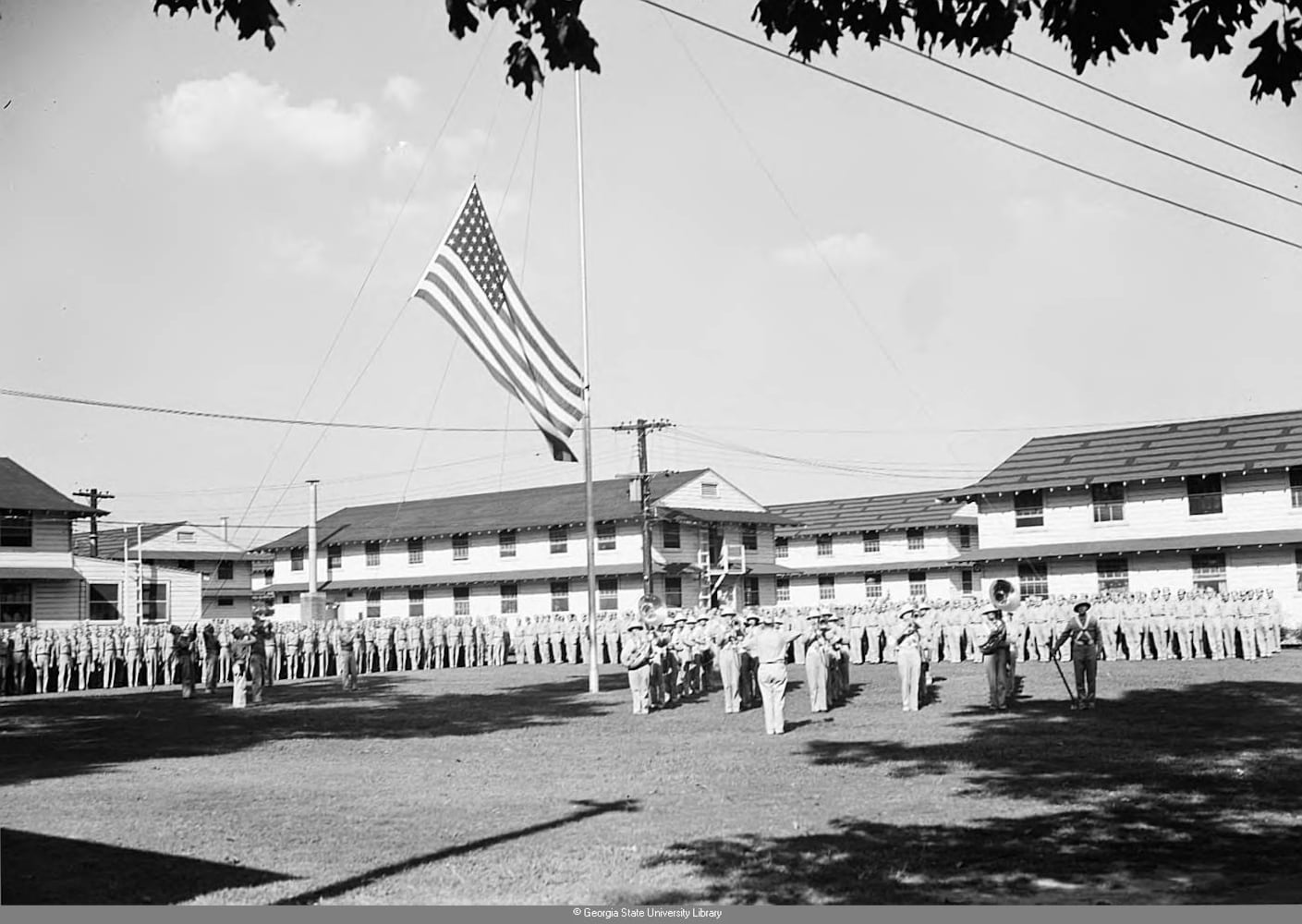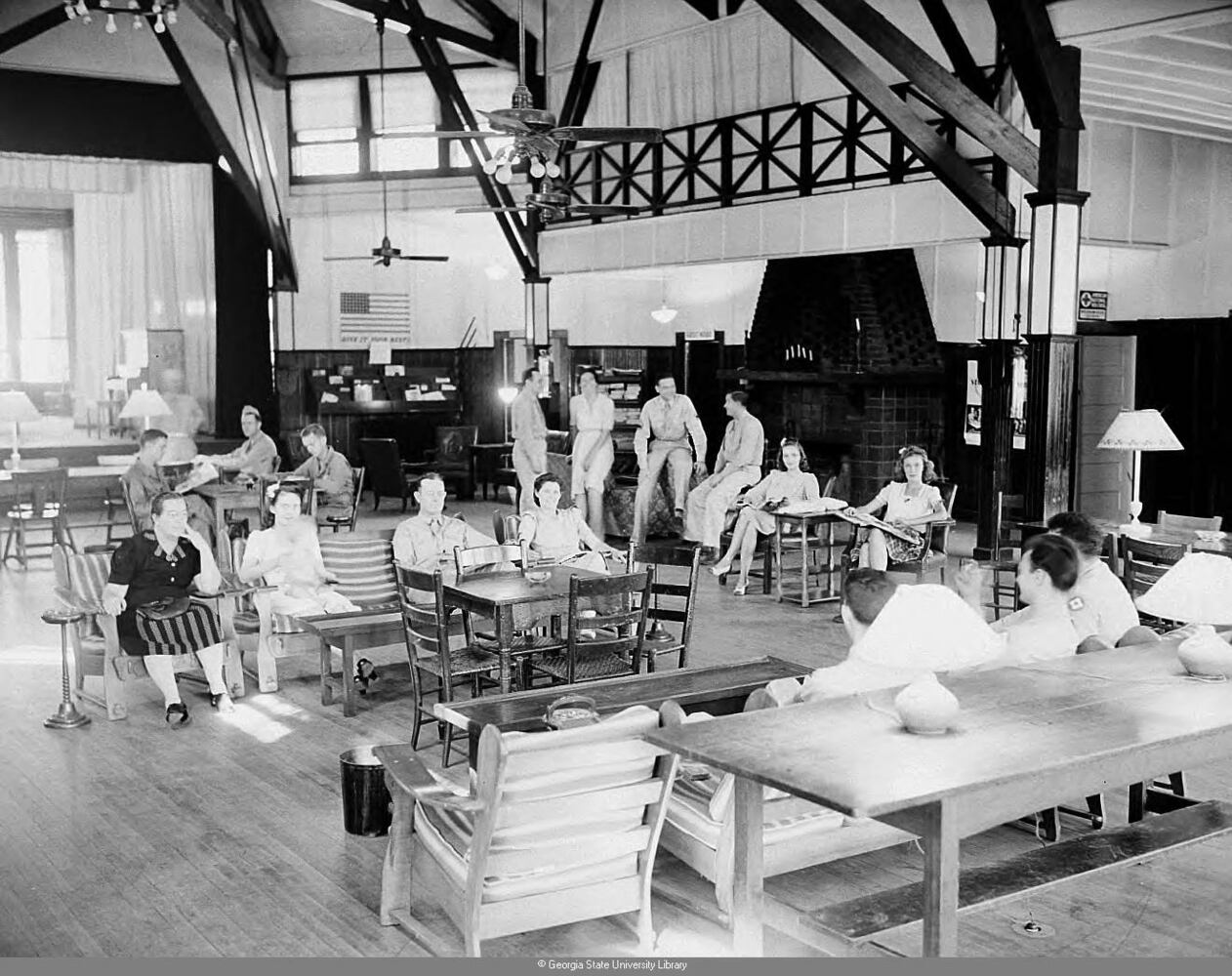Q: What was the previous name of Fort McPherson when it was occupied by the Confederate army during the Civil War? I have searched and can’t find it.
--Robert Redmond, Tucker
A: You couldn't find it because there wasn't one, historians and a Fort McPherson spokesman said. There has been a military presence in the Fort McPherson/Mall West End area dating to 1835, when the Georgia Legislature turned land owned by Charner Humphries into a meeting and drilling ground for the 101st Battalion of the state militia. In a reply to my e-mail, Peter Chadwick, a media relations officer with the U.S. Army at Fort McPherson, said that site was next to Humphries' Whitehall Inn, which is now where the mall is located, just south of the current I-20/Lee Street interchange. The South used the area to train troops when the Civil War began in 1861, built barracks and a cartridge factory, but Confederate soldiers either burned or moved most of the facilities during the battles around Atlanta in 1864. Like these days, the Yankees didn't want to leave after the war, so the army leased the land and built barracks during Reconstruction. They were named after Union Maj. Gen. James B. McPherson, who was killed in the Battle of Atlanta on July 22, 1864. The post was abandoned in 1881, but the army purchased the land in 1885, built new barracks and buildings, and troops were stationed there by 1889. McPherson barracks became Fort McPherson on May 5, 1889. The fort is scheduled to close on Sept. 15.
Q: How many Georgians have won Miss America?
A: Just one Miss Georgia has worn that prestigious tiara, and she wasn't even from our state. Neva Jane Langley, who was born and raised in Lakeland, Fla., was attending Macon's Wesleyan College in 1952 when she won Miss Macon and Miss Georgia to reach the Miss America Pageant. She was selected as the 1953 Miss America, toured for a year as part of her duties and returned to Wesleyan, graduated and married Georgian Bill Fickling. They settled in Macon.
Q: I’ve heard that James W. Fannin was from Georgia. Is that true?
A: It's not well known to many Georgians, but Fannin, who commanded the troops massacred by the Mexican Army during the Texas Revolution in 1836, was born on a plantation in Morgan County. He went to UGA before going to West Point, where he dropped out. Fannin lived in Troup and Twiggs counties and Columbus before he moved to Texas in 1834. He became involved in Texas' struggle for independence from Mexico and was forced to surrender his command of 330 men after they were surrounded by Mexican forces on March 27, 1836. Fannin had been assured of good treatment, but all of the men, including Fannin, were massacred at Goliad, Texas. Fannin County in Georgia and Texas were both named for him.
What do you want to know?
If you’re new in town or just have questions about this special place we call home, ask us! E-mail Andy Johnston at q&a@ajc.com.
About the Author
The Latest
Featured


























